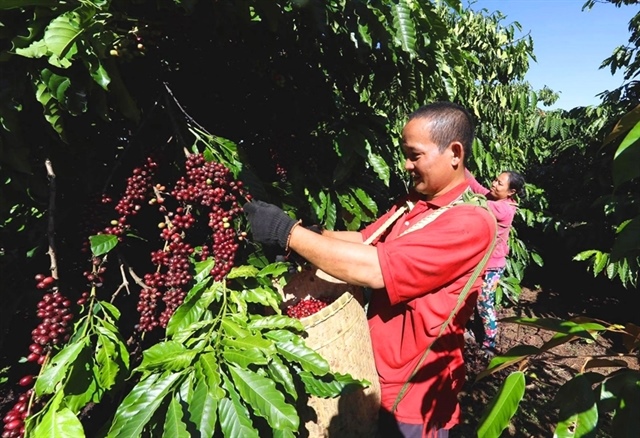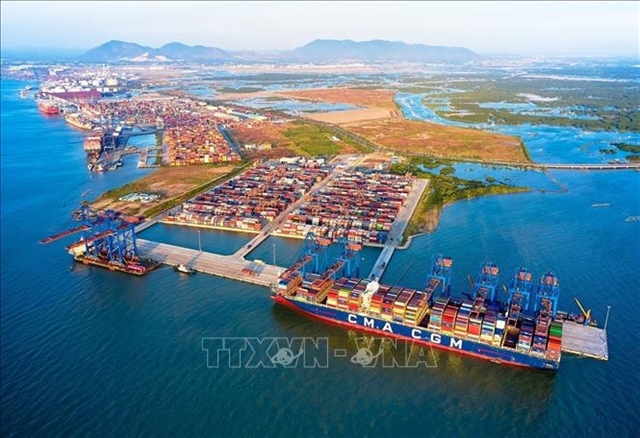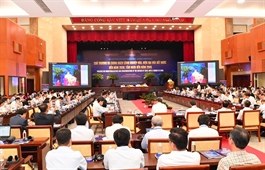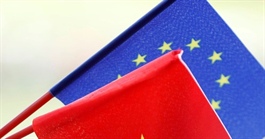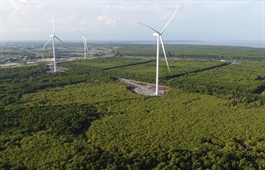VN’s agro-forestry-fishery exports face challenges
VN’s agro-forestry-fishery exports face challenges
Viet Nam's exports of agricultural, forestry and fisheries products increased sharply in the first half of 2022, but the sector continued to face many challenges that need to be resolved.
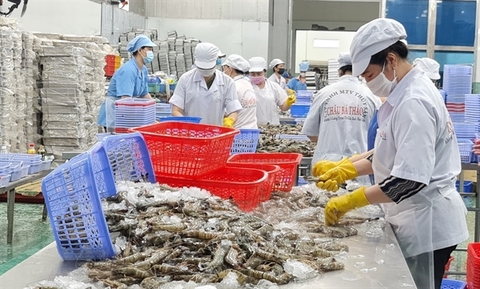
The exports fetched US$27.88 billion, up 14 per cent year-on-year despite the difficulties faced by the global economy, the Ministry of Agriculture and Rural Development (MARD) said.
Exports of key farm and forestry produce topped $11.37 billion and $9.1 billion, up 8.8 per cent and 3 per cent, while fisheries exports were worth $5.8 billion, up 41 per cent.
According to the General Department of Customs, Vietnamese agricultural products are present in more than 180 countries and territories, with exports of many products exceeding the $1-billion mark.
The US, China, Japan, the EU, and South Korea remained the five biggest importers, with the US and China topping the list.
Nine items exceeded $1 billion: coffee, rubber, cashew, fruits and vegetables, rice, tra fish, shrimp, wood products, and raw materials.
However, enterprises producing and exporting agricultural products have been facing challenges such as high inflation.
The influence of the Russia-Ukraine war and many important export markets caused the prices of materials, and logistics costs to increase sharply while the shortage of raw materials has directly affected the export price of goods.
Agricultural and aquatic exports remain mainly raw products, exports to fussy markets like the EU are still small, the cultivation and harvesting processes are not up to standard resulting in big losses, and processing remains limited.
To resolve these problems, the ministry plans to focus on changing farmers' awareness and habits and improve the infrastructure for agricultural and aquaculture production and seafood processing to meet EU standards.
Reforms, especially related to land and agriculture, and policies and institutions related to science, technology and the Government’s management are imperative and will help Viet Nam improve the competitiveness of its farm produce and achieve sustainable agricultural development in the long term.
There is a great opportunity to expand markets, improve the value and quality of products and attract investment and modern technologies by joining the EU-Viet Nam Free Trade Agreement to boost exports to Europe.
The EU is one of the major markets for Viet Nam's agricultural, forestry and fishery products and one of the world's three largest.
Viet Nam is one of only four Asian countries to sign an FTA with the EU.
To effectively exploit the advantages of the trade deal, however, Vietnamese agricultural products need to improve their quality and value.
Vietnamese vegetables and fruits face major competition from South America, West Africa, South Africa, Thailand, the Philippines, India, and China.
Coffee, pepper and cashew have to compete with products from Indonesia, India, Brazil, the Ivory Coast, and Mozambique.
Seafood products face competition from Norway, China, Ecuador, and Morocco.
Nguyen Trung Kien, head of MARD's department of international cooperation, said to increase exports to the EU, large enterprises need to promote supply chains for exports to reduce transportation costs and develop their brands.


